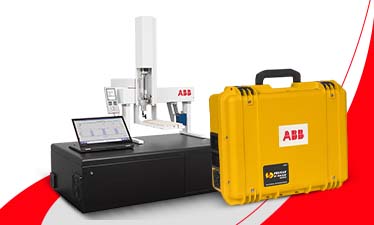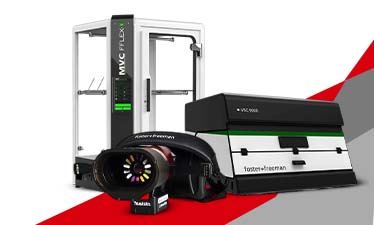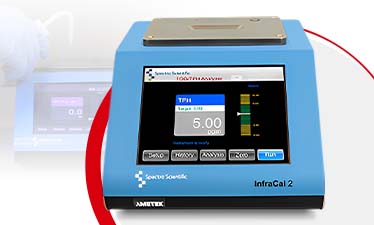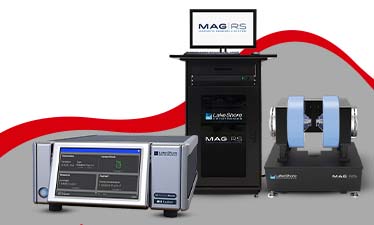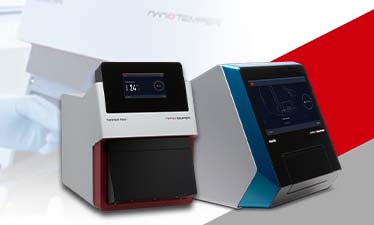A Quick Guide to Learn About Tube Furnace
Tube furnace is a heating device designed to fulfill precise uniformity requirements and temperature control. This device is engineered to contain a work vessel or tube in which the samples are placed and heated. The elements that are involved for heating are positioned accurately around the work vessel so as to achieve optimized distribution of temperature.
In many laboratories, tube furnaces are used as a standard piece of equipment for a wide range of applications. For instance, crystal growth, polymer analysis, heat treatment of materials, etc. While there are numerous thermal processing formats available for handling samples with relatively small-volume or operations with low throughput, the geometry of thermal processing chambers can be restricted in particular application areas.
With the use of an ideal tube furnace, these limitations can be overcome. In this blog, we discuss all things essential about tube furnaces to learn more about them. Continue to read till the end to find out.
Why Choose a Tube Furnace Instead of a Chamber Furnace?
If you are wondering for one good reason to choose a tube furnace instead of a chamber furnace then it's that a tube furnace is better suited to process smaller samples. Since they have smaller volume capacity and deliver rapid heat-up rates.
Furthermore, the tube furnaces come with sealed work tubes that not only safeguards the construction of the furnace from contaminants but also makes it easier for the maintenance of modified atmosphere around the samples.
Applications of Tube Furnaces
Tube furnaces are utilized for a vast range of thermal processes that includes organic and inorganic purification, annealing, accelerated aging, drying, coating and more. This is the prime reason why they have been proven to be an integral solution in a wide range of heat treatment markets.
The main reason why a tube furnace is used for the deliverance of unparalleled uniform thermal offered by cylindrical heaters. In a single heating chamber, the components are subjected to constant heating values over 1000℃ across a complete 360° axis which ensures the most optimized heat distribution across the complete cross-section of the part. This enables the tube furnace to become an ideal solution for sensitive thermal processing applications, like the thermocouple calibration.
Tube furnaces can also be used for the integration of multiple heating zones for elevating the processing capabilities of the instrument. This enables a completely controllable temperature gradient to perfectly tune the heating up and cooling down stages in thermal processing.
Types of Tube Furnaces Existing
There are several types of tube furnaces that vary in configurations. These comprise split, non-split, rotary, gradient and oscillating. Split and non-split tube furnaces can be positioned so that the work vessel is in a vertical and horizontal orientation.
Uniform Length in a Tube Furnace
The uniform length in a tube furnace refers to the region where the most consistent temperature exists. It is possible to maximize the uniform length with the help of fitting insulation plugs and leveling up the number of heated zones. A standard temperature uniformity tolerance is ±5°C and shall be quoted over a designated length of the work vessel.




